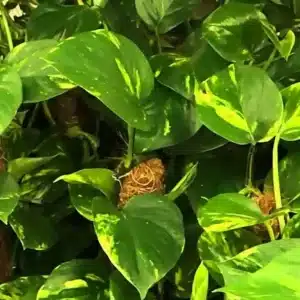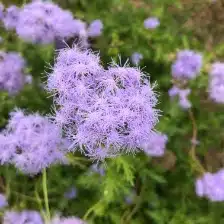Gregg's Mistflower, Texas Ageratum, Palm Leaf Mistflower, Palm Leaf Thoroughwort, Purple Palm Leaf Eupatorium, Hardy Ageratum








Gregg’s Mistflower should receive 6 or more hours of direct sunlight and requires excellent drainage. The plant spreads rapidly by rhizomes and must be confined to its own space if planted among other plants, or it can become invasive. Gregg’s Mistflower is grown easily from seed planted in the spring. Clumps are also easy to divide and replant into other areas after the last frost. Gregg’s Mistflower is perennial throughout USDA zones 7-10.
Gregg’s Mistflower is an extremely low-maintenance plant if it receives full sun and is provided with weekly moisture, ensuring that the soil around the plant is allowed to thoroughly dry between each watering.
Gregg’s Mistflower does not require fertilizer.
Due to its spreading nature, spent flowers should be regularly removed to prevent Gregg’s Mistflower from reseeding. The plant should also be pruned if desired to maintain an attractive form. At the end of the blooming season, Gregg’s Mistflower should be cut to ground level, and it will return in the spring.
Gregg’s Mistflower is not affected by any serious pests or diseases.











